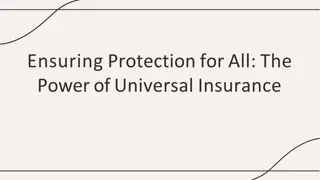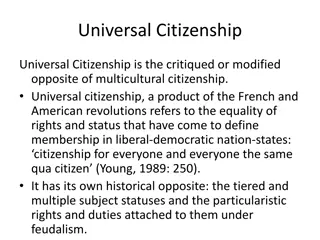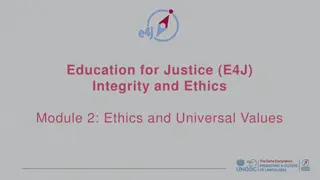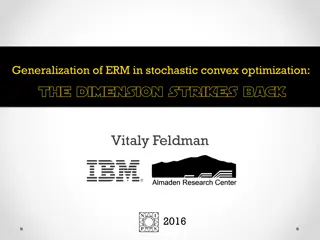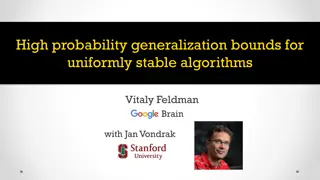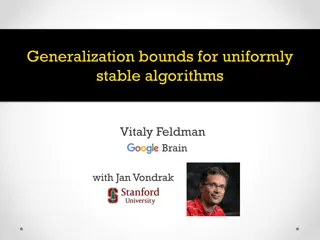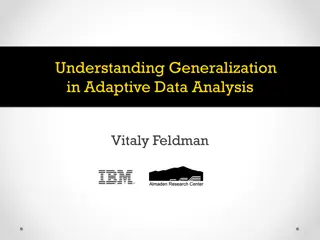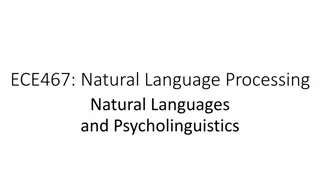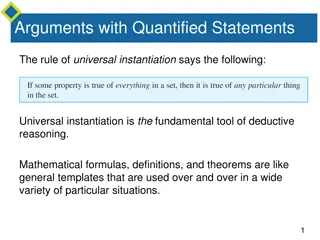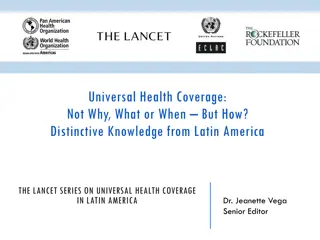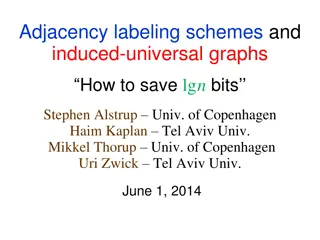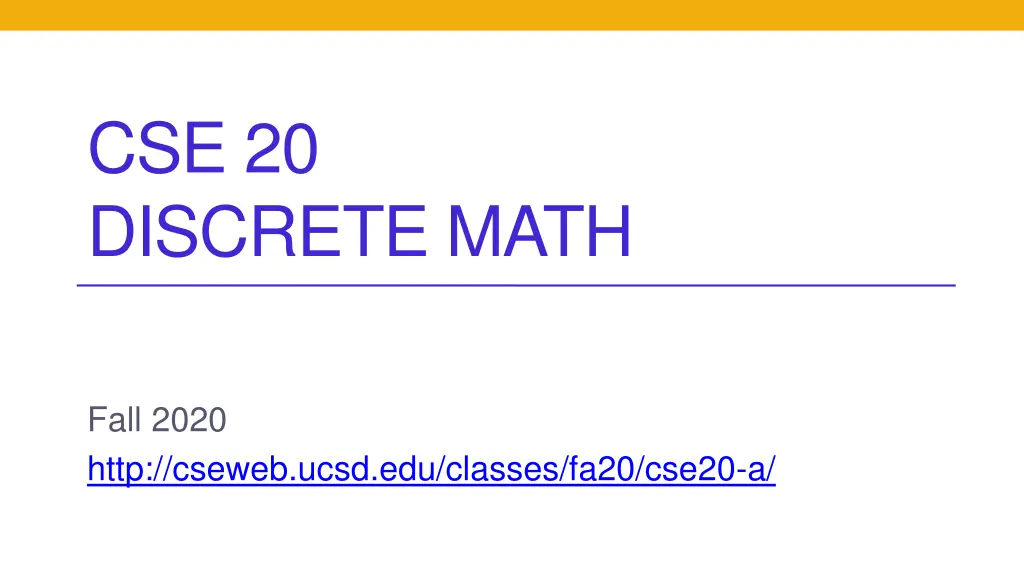
Discrete Mathematics CSE 20 Fall 2020 Learning Goals and Applications
Explore the learning goals of Discrete Mathematics CSE 20 Fall 2020, including proving quantified statements, using logical equivalence, and more. Discover the application of factoring in exchanging information securely with strangers and the significance of primes in RSA encryption.
Download Presentation

Please find below an Image/Link to download the presentation.
The content on the website is provided AS IS for your information and personal use only. It may not be sold, licensed, or shared on other websites without obtaining consent from the author. If you encounter any issues during the download, it is possible that the publisher has removed the file from their server.
You are allowed to download the files provided on this website for personal or commercial use, subject to the condition that they are used lawfully. All files are the property of their respective owners.
The content on the website is provided AS IS for your information and personal use only. It may not be sold, licensed, or shared on other websites without obtaining consent from the author.
E N D
Presentation Transcript
CSE 20 DISCRETE MATH Fall 2020 http://cseweb.ucsd.edu/classes/fa20/cse20-a/
Today's learning goals Determine what evidence is required to establish that a quantified statement is true or false. Use logical equivalence to rewrite quantified statements (including negated quantified statements) Use universal generalization to prove that universal statements are true Define predicates associated with integer factoring and primes Define arbitrary
Recap To prove that the universal quantification To prove that the existential quantification is true when the predicate P has a finite domain, evaluate P(x) at each domain element to confirm it is T. is true, we find a witness: an element in the domain for which P(x) is true. To prove that the existential quantification To prove that the universal quantification is false when the predicate P has a finite domain, evaluate P(x) at each domain element to confirm it is F. is false, we find a counterexample: an element in the domain for which P(x) is false. Today s goal: devise more proof strategies for related statements.
Application: factoring Rosen p. 301 Goal exchange information (e.g. key for cipher) with a stranger (Amazon, Venmo) without other observers accessing it Mathematical tool It is much easier to multiply two large numbers than to factor a large number. RSA Amazon picks two primes > 200 digits each, publishes their product Anyone can encrypt their credit card using this product. There are no known methods to decrypt without factoring into the original primes. Current algorithms for factoring products of large primes take billions of years.
Application: factoring Consider the predicate F(a,b) with domain a is a factor of b" given by Definition 1 (Rosen p. 238) When a and b are integers and a is nonzero, a divides b means there is an integer c such that b = ac . Terminology: a is a factor of b, a is a divisor of b, b is a multiple of a, a | b Symbolically, F(a,b) =
Application: factoring Which of the following statements is true? A. B. C. D. E. None of the above.
Universal generalization Rosen p. 76 To prove that the universal quantification is true, we can take an arbitrary element e from the domain and show that P(e) is true, without making any assumptions about e other than that it comes from the domain. Claim: Every nonzero integer is a factor of itself. Proof:
Universal generalization Rosen p. 76 Claim: Every nonzero integer is a factor of itself. Proof analysis: According to the definition, we want to show that where The proof by generalization gives a systematic method for finding the witness that proves each of the existential quantifications is true.
Another proof X: There is a nonzero integer that does not divide its square. Claim: X is true / false
Prime numbers Definition (Rosen p. 257) An integer p greater than 1 is called prime if the only positive factors of p are 1 and p. A positive integer that is greater than 1 and is not prime is called composite. Which of the following gives a formal definition of the predicate Pr(x) over the set of integers which evaluates to T exactly when x is prime. A. B. C. D. E. None of the above



